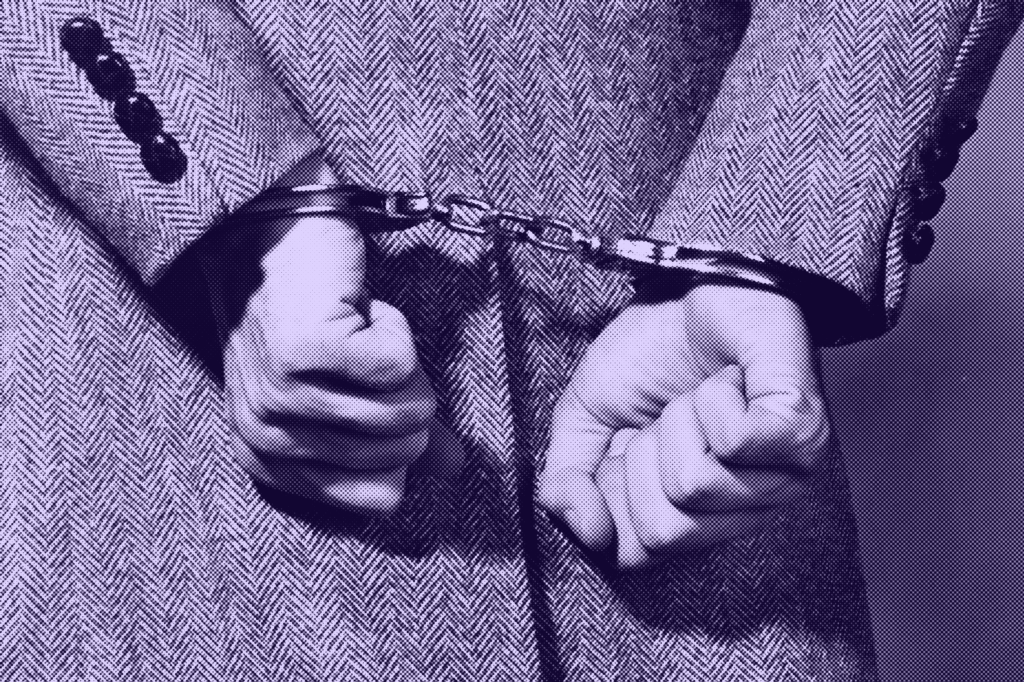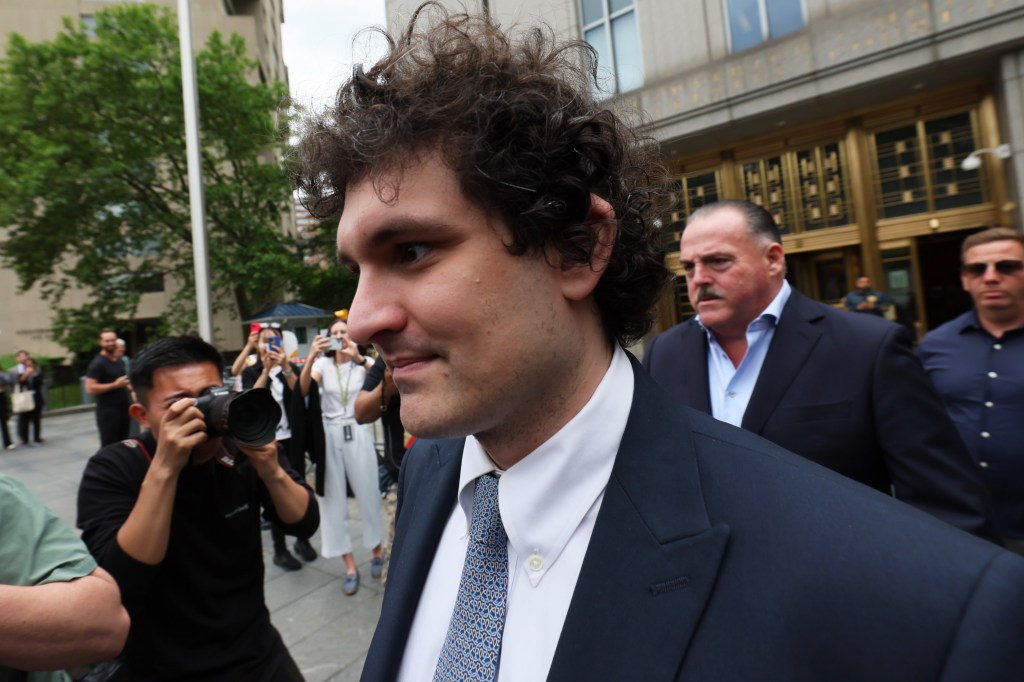Sam Bankman-Fried took the stand in the fourth week of the former FTX CEO’s trial on seven counts of fraud and conspiracy. And his testimony produced another cracker of a quote. When asked if crypto exchange FTX and hedge fund Alameda Research ever had a risk department, Bankman-Fried replied: “We sure should have, but no, we did not.”
After two days of testimony that began Thursday, the defense case is unfolding as many expected – presenting Bankman-Fried as a 25-year-old startup founder who put his trust in the wrong people. He admitted making mistakes, and acknowledged “a lot of people got hurt”. But he said he relied on legal advice telling him practices such as deletion of communications was OK, and that former colleagues were to blame for poor decisions.
In an unusual move, Judge Lewis Kaplan sent the jury home before Bankman-Fried took the stand Thursday morning, saying he wanted to review the testimony first to see if comments were admissible. The session consisted of questions from the defense team, plus cross-examination from Assistant US Attorney Danielle Sassoon, prosecuting.
Role of attorneys
Bankman-Fried’s defense appears to be built around the claim that he was comfortable with the way FTX was operating because his attorneys had a role in all areas of the business, and that former colleagues were to blame for key errors. But, under cross-examination, Bankman-Fried struggled to recall detail, delivering a series of long, rambling answers that Judge Kaplan described as “what I’ll simply call an interesting way of responding to questions”.
Asked about the deletion of communications, Bankman-Fried said that he was following practice picked up during his days as a trader at Jane Street in implementing “the New York Times test”. This, he said, was: “Anything that you write down, there’s some chance it could end up on the front page of The New York Times.”
He said he thought enabling auto-delete for messages in Signal, which was used for internal FTX communications, was allowed under the terms of a “document retention policy”. But the defence team was unable to produce the policy, and Bankman-Fried said: “I wish I had the policy now. I’m working off my memory of it”.
“I’d like you to point out where in this agreement it is specified that Alameda is allowed to spend customer funds.”
Danielle Sassoon, Assistant US Attorney
The Wall Street Journal reported Bankman-Fried referred repeatedly to discussions with lawyers, and in particular former CRO Dan Friedberg and legal firm Fenwick & West, over policies such as deleting messages. He also said his legal team was behind FTX’s terms of service and its banking arrangements with Alameda.
Three members of Bankman-Fried’s former inner circle have testified that their former boss knew the detail of what was going on at FTX and Alameda.
Caroline Ellison, the former CEO of Alameda and Bankman-Fried’s on-off girlfriend, has admitted conspiracy to commit fraud and money-laundering, but says she was directed by Bankman-Fried. Rebutting her claims he told the court Ellison ignored his advice to “get shorter” to mitigate Alameda’s risks. And he said former CTO Gary Wang and former head of tech Nishad Singh implemented the now infamous “allow-negative” feature that allowed Alameda to borrow limitless amounts of FTX customer’s money in response to his unspecific guidance to fix an error.
Executives ’empowered to make own decisions’
Bankman-Fried says Wang and Singh were empowered to make their own decisions, while his role was simply to “supervise” them. In response to questions from Sassoon, he repeatedly said he could not recall specific conversations, and was unable to produce paper records of consultations.
At one point, Sassoon produced a Payment Agent Agreement between FTX and Alameda and said: “I’d like you to point out where in this agreement it is specified that Alameda is allowed to spend customer funds.” Bankman-Fried scanned the document for two minutes, then pointed hesitantly to a passage in the middle of the page while saying he was “not a lawyer” so could not be sure his interpretation was correct.
The trial continues this week, with counsel on both sides indicating closing arguments could be heard.

















